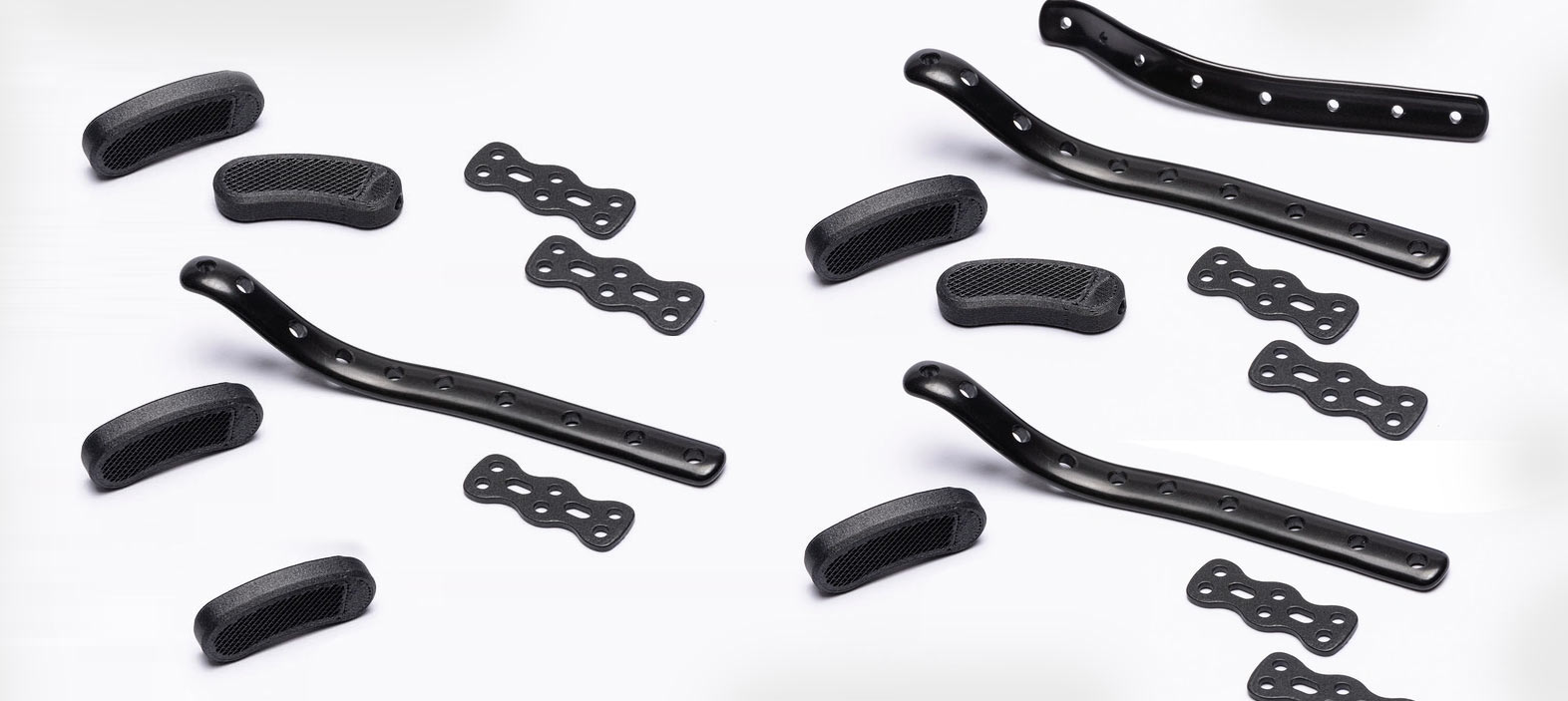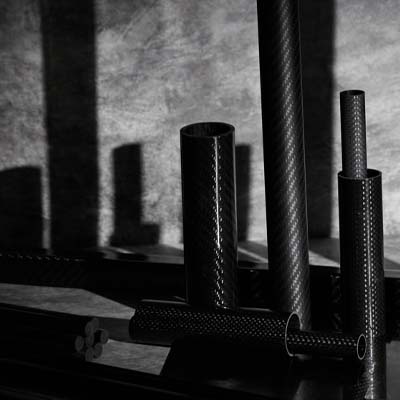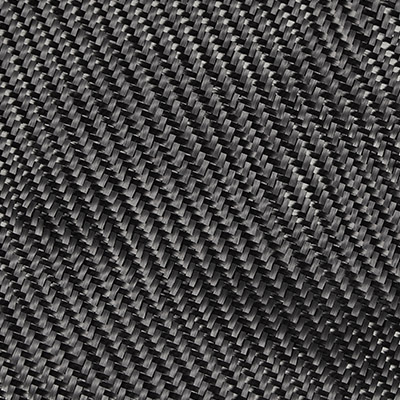
Carbon Fiber is the Future of Orthopaedic Implants
👁 Reads: 214
In the dynamic realm of orthopaedic surgery, where innovation intersects with materials science, one material stands out as a true game-changer: carbon fiber. With its unparalleled lightweight yet robust design, strength, durability, and biocompatibility, carbon fiber has emerged as a revolutionary force in orthopaedic implants, promising enhanced outcomes and an improved quality of life for both surgeons and patients alike. From braces and splints to artificial limbs, carbon fiber products are not only enhancing patient mobility but also redefining comfort and overall well-being.
The Rise of Carbon Fiber
Carbon fiber, a composite material composed of carbon atoms bonded together in a crystal alignment, has long been recognized for its exceptional properties. Initially utilized in aerospace and automotive industries for its lightweight yet robust nature, carbon fiber's applications have expanded into healthcare, particularly orthopaedics.
Carbon Fiber in Medicine: The Power of CF-PEEK Composite
In the medical field, scientists and engineers often mix carbon fiber with different types of resin to make strong materials. One common mix is called carbon fiber–polyether ether ketone, or CF-PEEK for short.
CF-PEEK is special because it combines the strength of carbon fiber with the flexibility of PEEK resin. This makes it great for things like implants and prosthetics used in surgeries. These materials are really tough and work well inside the human body.
Doctors and scientists use CF-PEEK for all kinds of medical devices because it's strong, flexible, and works great for surgeries and implants.
Key Benefits of Carbon Fiber Implants
Carbon fiber implants offer several key benefits that make them exceptionally well-suited for orthopaedic applications.
- Strength and Durability: Carbon fiber exhibits remarkable strength-to-weight ratio, making it an ideal choice for orthopaedic implants. Carbon fiber rods, plates, and other products offer superior durability, capable of withstanding significant loads and stresses encountered in the human body. Furthermore, carbon fiber implants have an elastic modulus of approximately 3.5 GPa, closely matching that of bone, which is a crucial advantage over materials such as stainless steel and titanium. This similarity in modulus helps reduce stress at the bone-implant interface, potentially enhancing healing outcomes.
- Fatigue Resistance: Carbon fiber implants exhibit remarkable fatigue resistance, surpassing traditional implants in their ability to withstand high strain loading over extended periods. CF-PEEK implants, for example, have demonstrated the capability to endure up to one million loading cycles without failure, which is particularly crucial in scenarios such as pathologic fractures where traditional implants often fail.
- Biocompatibility: One of the most significant advantages of carbon fiber implants is their biocompatibility. Unlike traditional metal implants, carbon fiber minimizes the risk of allergic reactions and corrosion, promoting better tissue integration and long-term stability. Firstly, their high biocompatibility and chemical inertness ensure their safety for use within the human body, as demonstrated by in vitro studies showing no cellular toxicity and animal studies indicating only a non-specific foreign body reaction.
- Lightweight Nature and Durability: The lightweight nature of carbon fiber implants reduces the strain on surrounding tissues and bones, facilitating faster recovery and improved patient comfort. Despite a relative lack of large, long-term studies on carbon fiber implants compared to metallic counterparts, existing literature suggests promising durability. As a relatively newer material in the orthopaedic field, ongoing research is essential to further validate and explore the full potential of carbon fiber implants.
- Radiolucency: Carbon fiber's radiolucent properties allow for clear visibility on imaging studies such as X-rays and MRI scans, enabling precise assessment of the implant's placement and postoperative monitoring without interference.
Applications of Carbon Fiber in Orthopaedics
Carbon fiber finds diverse applications in orthopaedic procedures, some of which include:
- Spinal Fusion: Surgeons use carbon fiber rods in spinal fusion surgeries to enhance stability and support, facilitating fusion between vertebrae.
- Fracture Fixation: Carbon fiber plates and screws offer a lightweight solution for fracture fixation, ensuring precise alignment and stability during the healing process.
- Joint Replacement: Carbon fiber plays a vital role in joint replacement surgeries, providing durable and biocompatible implants that enhance both mobility and functionality.
Future Directions and Challenges
As the adoption of carbon fiber products in orthopaedic implants continues to grow, ongoing research aims to further optimize its properties and expand its applications. Challenges such as cost-effectiveness, manufacturing scalability, and long-term clinical data remain areas of focus for continued improvement and innovation.
Conclusion
In conclusion, carbon fiber has revolutionized orthopaedic implants with its lightweight yet robust design, strength, durability, and biocompatibility. From spinal fusion to joint replacement, carbon fiber offers superior benefits such as strength-to-weight ratio, fatigue resistance, and radiolucency. Ongoing research aims to optimize properties and overcome challenges for broader adoption.
In the realm of orthopaedic surgery, the future is indeed carbon fiber.





